Three battery-related accidents, one now 10 years old, the others more recent, point to the need to understand and properly maintain your airplane’s electrical system, especially the battery. Batteries are simple and reliable in most cases, but in an age of ever-increasing dependence on electrical power, it is vital that their maintenance and use is well understood. Here are three accidents that illustrate that point.
Diamond Twin Star
A Diamond Twin Star with dual Centurion diesel engines crashed after takeoff when the fuel management systems of both engines reset after a low-voltage condition, causing a dual engine failure. The airplane in question had a dead battery when the pilot attempted to start the airplane. A ground power source was used to jump-start the engines. During takeoff, a short time later, the battery was still insufficiently charged to sustain the sudden extra power demand of the gear retraction motors. When the voltage dropped below the critical level, the electrically dependent fuel management systems of both engines reset and stopped the engines in flight. Diamond had specifically warned against starting both engines with ground power, but the warning was not heeded. The plane was destroyed and lawsuits ensued. The point is that electrically dependent airplanes need fully charged batteries to fly safely.
You might ask, if there was enough power to excite the fields of the alternators, why wasn’t there enough power to retract the gear? That is a question the lawyers debated in court, but their arguments are not of much use to a pilot who suddenly finds himself flying a glider. Alternators are sized to handle continuous loads and recharge batteries, but transitory loads such as a flap retraction are not included in the alternator capacity calculation, nor is excessive battery charging caused by starting out with a dead or near-dead battery. Airplanes are not like cars that come equipped with 100+ amp alternators and huge batteries with plenty of capacity for abuse.
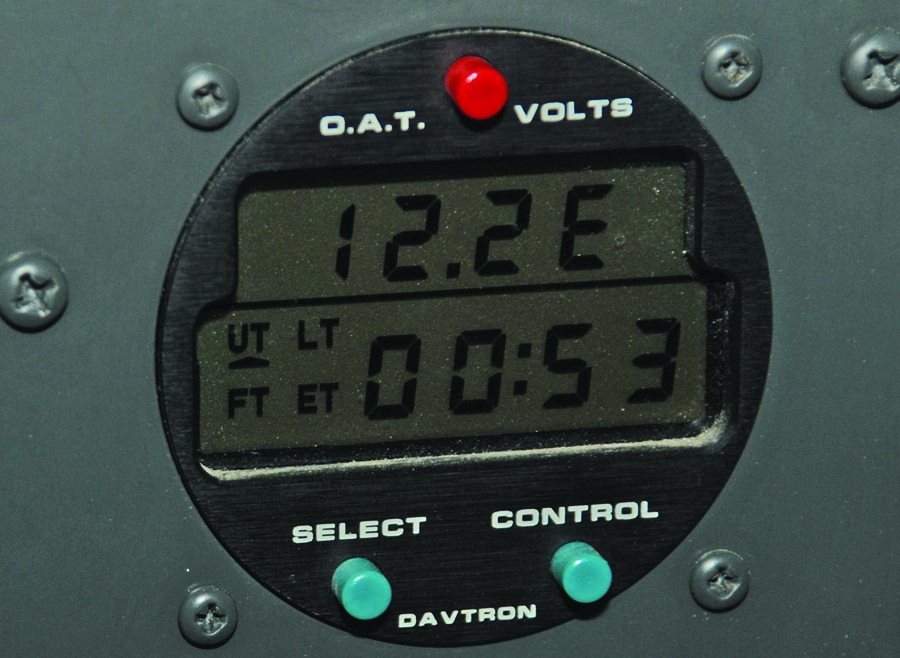
The lesson here is, do not take off in an electrically dependent airplane if the battery is too weak to start the engine. Take the time to charge the battery or batteries first. A second lesson is, be sure to know the minimum voltage required to run your engine’s electrical systems. See how that compares to the actual system voltage you have when cranking your starter. It might surprise you.
Since most Experimentals do not have retractable gear, it might be fair to ask if this incident is really applicable. That’s a fair question, but don’t forget that many planes have electric flaps and pitot heat—two big users of electrical power that could be engaged during initial climbout. Also, don’t forget that a depleted battery is going to draw more than the normal amount of charging current. A low-voltage situation could happen to you.
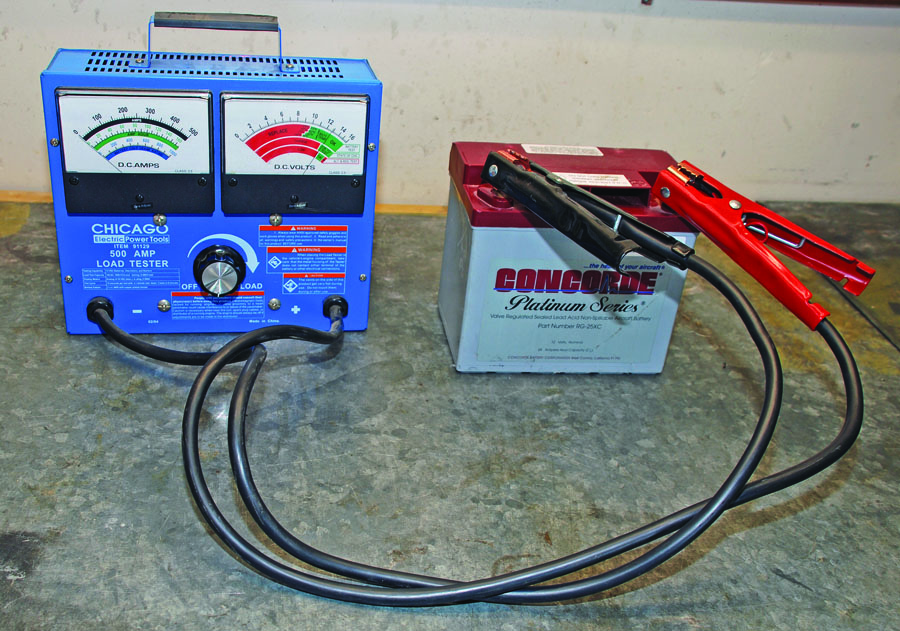
Subaru-Powered GlaStar
A GlaStar with a Subaru auto conversion engine crashed after one battery in a two-battery electrical system failed. It’s another case where the pilot assumed that an electrically dependent plane that would not start on its own could be safely flown after a jump-start. Unfortunately, it ended in tragedy, with a severely injured pilot and a totally destroyed airplane. It just cannot be said often enough—if your electrically dependent airplane will not start on its own, it is vitally important that you correct the problem before attempting flight. Electrically dependent really does mean that the airplane engine will not run without electrical power.
The builder of this plane, no doubt with safety in mind, installed two batteries in his Subaru-powered GlaStar. The electronic engine management system of that engine requires nothing less. The plane was equipped with a switch that would permit running on either or both batteries. The NTSB report, however, says that the batteries were connected in series. It also says that there was no field investigation by the NTSB, so we are left to speculate about what the electrical system really looked like. Obviously, connecting two 12-volt batteries in series would produce 24 volts, which was not the intended design for the 12-volt system. In any case, the plane would not start without ground power.
After starting, the pilot reported a 14.2-volt reading consistent with the charging voltage of a 12-volt alternator. There was no report of charging current. As it turned out, one of the batteries had a shorted cell that caused it to produce much less than 12 volts. This eventually drained the other battery to the point that it would not produce enough voltage to power the electrical system. Once system voltage dropped too low, the engine shut down, leading to the crash.
Dual batteries for an electrically dependent airplane are a good idea, but they only work if you know the condition of each battery and isolate any deficient component in the electrical system. Unfortunately, hooking both batteries up to the main bus where a single alternator can charge them masks a problem with either battery. This is what bedeviled this GlaStar pilot.
The way to find this problem is to check the voltage of each battery before starting the engine. With a switch system that connects each battery separately, it is easy to turn off each battery before flight and check the voltage of the other one. If either battery is not reading at least 12.5 volts, it is probably not a good idea to fly with it. Such a check would have easily prevented this accident, assuming the short did not occur in flight. The fact that the plane was hard to start seems to point to a battery problem that developed before takeoff. If such a problem did develop in flight, an otherwise unexplained increase in charging current would likely be the only early indication.
The lesson here is that, once again, if a plane won’t start on its own power, find out why before flight. Another lesson is that two batteries do not actually equal a fully redundant system. It is nearly the same as having a single larger battery if it is not managed properly. This is why some electrical designers have embraced the dual alternator, single battery concept, especially if one of the alternators is a permanent-magnet type.
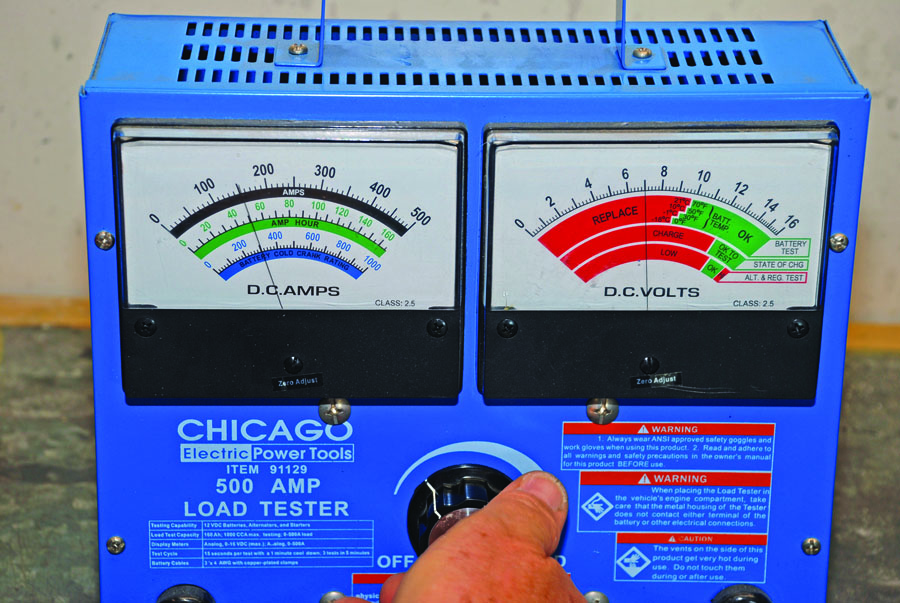
Overvoltage Leads to Battery Failure
The recent forced landing of an RV-8, in which the owner (not the builder) had replaced the Odyssey battery with a new lithium battery, illustrates a point I have been trying to make for some time: Airplane electrical systems need overvoltage protection.
Everyone wants to cut a few pounds out of their airplane’s empty weight, and what easier way is there to do that than replacing your PC680 Odyssey battery with a new lithium battery. In a few minutes, you have shaved off 10 pounds. But lithium batteries have special challenges that go with their impressive weight savings. They are sensitive to mischarging, overcharging, and excessive voltage. Traditional batteries do not like such abuse either, but when subject to it, they do not usually catch on fire. The best new lithium batteries have built-in circuitry meant to protect the battery from these perils, but we are still learning about how robust these protections may be and their possible failure modes.

In the incident in question, two very experienced pilots were out flying when the airplane’s alternator, a Bosch automotive unit with a built-in voltage regulator, malfunctioned and started producing excess voltage, possibly as much as 70 volts or more at some point. This is what is called a runaway alternator. It is not common, but it does happen. New alternators and voltage regulators tend to have built-in overvoltage protection to prevent this condition, but older models generally do not have this safeguard. In this day of electric panels that include not only radios but electronic engine and flight instruments, an overvoltage condition that could disable electronic items could be devastating. An unprotected overvoltage condition when using a lithium battery could be even worse, potentially putting the very survival of the aircraft in peril. In this case that is exactly what happened. The runaway alternator caused the lithium battery to begin melting. Whether or not it would have actually caught fire at some point is unknown in these particular circumstances, but even such a possibility is chilling, and only quick and skillful action by the pilot prevented a loss of life. No doubt this is what the pilot had in mind as he executed a very abrupt emergency descent maneuver.
The pilot said he thought such a failure could not occur because of the built-in protections that were included in the battery. It appears, though, that the battery’s protective measures were simply overwhelmed. Further investigation may or may not reveal why the battery failed to protect itself. It is not in very good condition at this point. There was no overvoltage protection included in the aircraft electrical system.
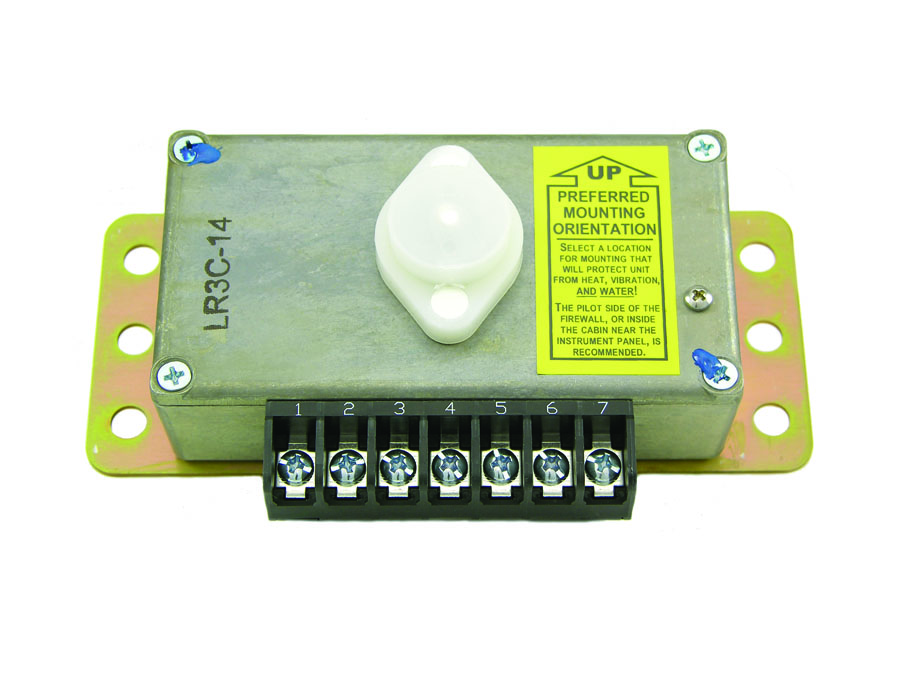
Overvoltage Protection
A question arises, how do I know if I have overvoltage protection in my electrical system? This is especially important if you did not build the plane. For the last several years, Plane-Power has been including overvoltage protection in most of their alternators. B&C has always included it in their voltage regulators. However, if your plane is older, it may well not have this protection. If you are unsure you can contact Plane-Power to see if your alternator has this feature. If you find that you do not have this vital protection, you may be able to add it. For the do-it-yourselfers, check out Bob Nuckolls’ schematic in his AeroElectric Connection, which is available for no cost. His design is only for alternators that do not have internal voltage regulation. Be sure you understand the features of your alternator before you attempt to use his circuitry.
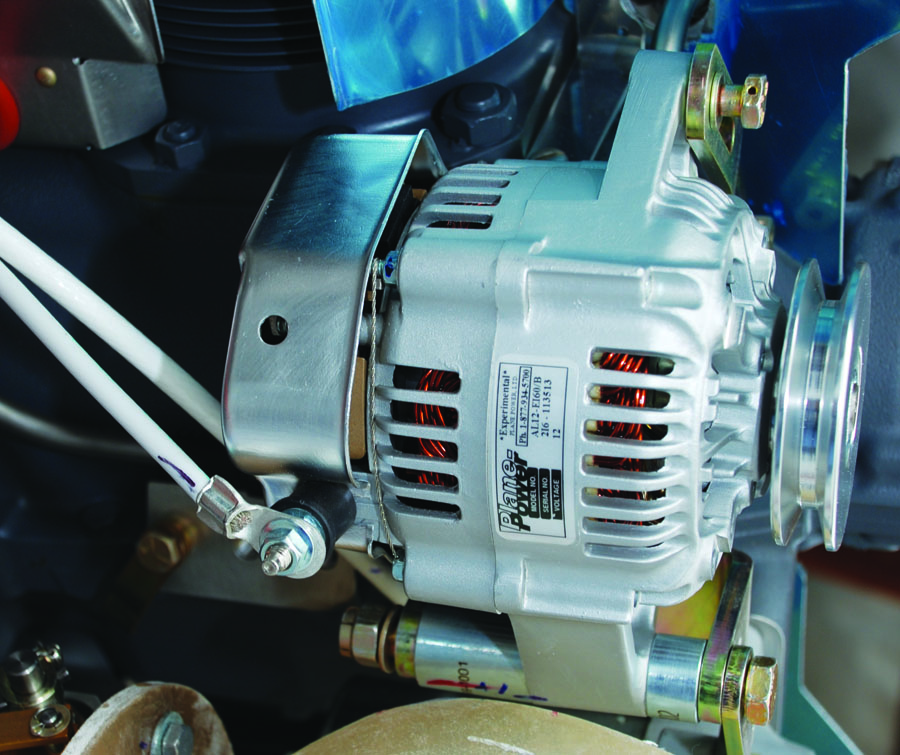
The admonition to include overvoltage protection in your aircraft electrical system is not just for people with lithium batteries. Remember, overvoltage can permanently damage avionics and EFIS systems. This can cost you thousands of dollars, not to mention putting you in a perilous situation in flight. Imagine flying in IFR conditions and having a total panel failure because of an overvoltage condition. Spend a few dollars now and avoid these problems forever.
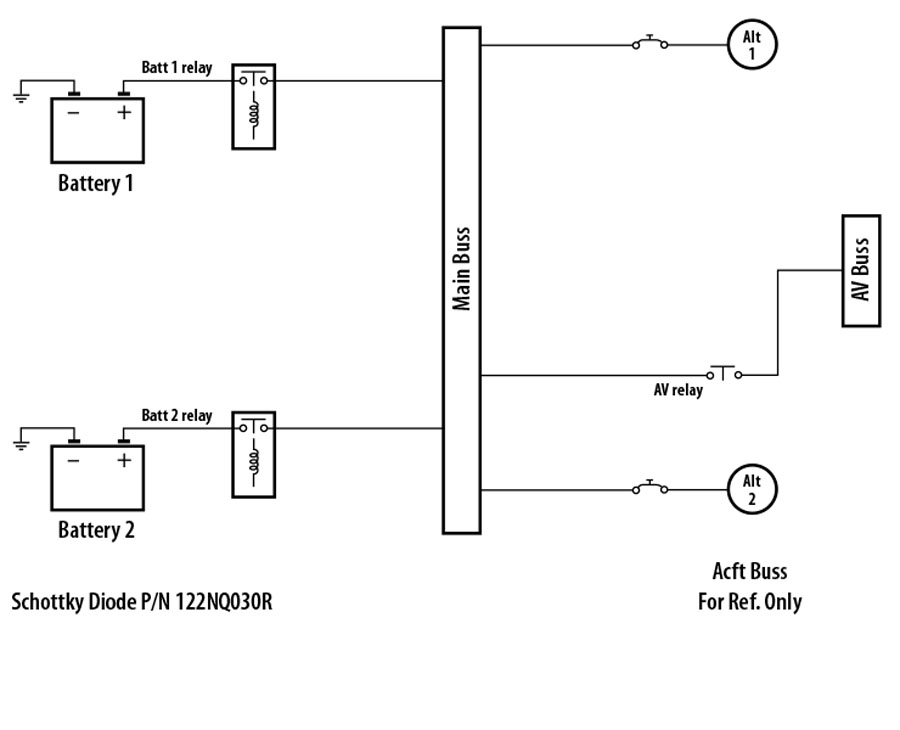
Battery Condition
If you have an airplane that must have electrical power to run or to power its instruments, you need to take special care to be sure your battery or batteries are in top shape. Your fully charged battery should put out 12.7 to 12.8 volts if it is in top condition. If it won’t put out at least 12.5 volts when it is fully charged, you should probably be thinking about a new battery. To really be sure of your battery condition though, you need a load tester. Such a tester is available from Harbor Freight. If you have an electrically dependent airplane, you should have one of these testers, or one like it, and use it at least annually.
One of your preflight steps should be to check the voltage of your battery before you crank the starter. If you have two batteries, be sure to isolate and check each one. If they are not up to the task, they need to be charged or replaced. Expect to see a slightly lower voltage at the main bus than you see when testing the battery directly. This drop should not be more than about 0.2 volts. If it is, then suspect problems with wiring or connections in your electrical system, or possibly a master relay that is getting old.
The age of aviation electronics is here, and it is mostly wonderful, but there are a few things you need to understand if you are going to fly safely in this new environment. Be sure you learn what they are.










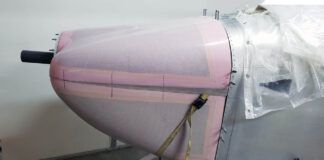

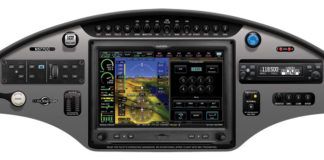

Concorde Battery corp recommends doing a Battery capacity check usually annually. They want you to put a load on the battery for about 42 minutes . The load should be dependant on the battery, for example a battery with a C1 of 42AH would be loaded at 42 amps. It passes if it stays above 80% during that test. They have very expensive testers and chargers for servicing their batteries. Is there a less expensive way to do their tests? Are there other tests that work just as well?
The Bob Nuckolls link to his schematic embedded in this article does not work, at least for me.
I believe it is Bob’s circuit that may still be available ready built from B&C. It is a simple 2wire crowbar configuration that can be added to the alternator field breaker so when an O/V condition is detected will short the alternator field to ground popping the breaker.. Highly recommended, small enough to be cable tied into the existing wiring harness.
If your engine quit because you started with a weak battery there is more involved.
If the battery was dead and defective that is one issue, if it was run down because you left the master on for a bit longer than you should, the alternator, if it is working and you were getting over 14 volts it should have brought the battery up with in about 15 min.
Some comments;
– the battery voltage should checked ‘open circuit’ , with no load. So, the meter has to be connected directly to the battery with the master OFF.
– If the battery was discharged to 10 volts or less, it will take 1-2 hours to recharge a 20 to 50 AH battery, if the aircraft is being flown, since other loads will be using some of the alternator capacity of 50-60 amps.
# Note that this will run the alternator a near maximum capacity, and can cause it to overheat. If the alternator has an internal voltage regulator, it can be damaged and may fail.
– It is much better to recharge a dead battery at the C20 rate, over 20 hours, at 2 amps for a 22-24 AH lead acid battery.
An electro-hydraulic power pack that operates the gear can require 50 -60 amps. If the battery was dead and the engine ‘jump started’, the alternator will overload trying to supply the main bus, recharge the battery and run the power pack….the battery has no AH capacity within 1 hour of recharging, so the alternator will go ‘off-line’ and the battery will quickly drop back below 10-11 volts….and then, total electrical failure.!